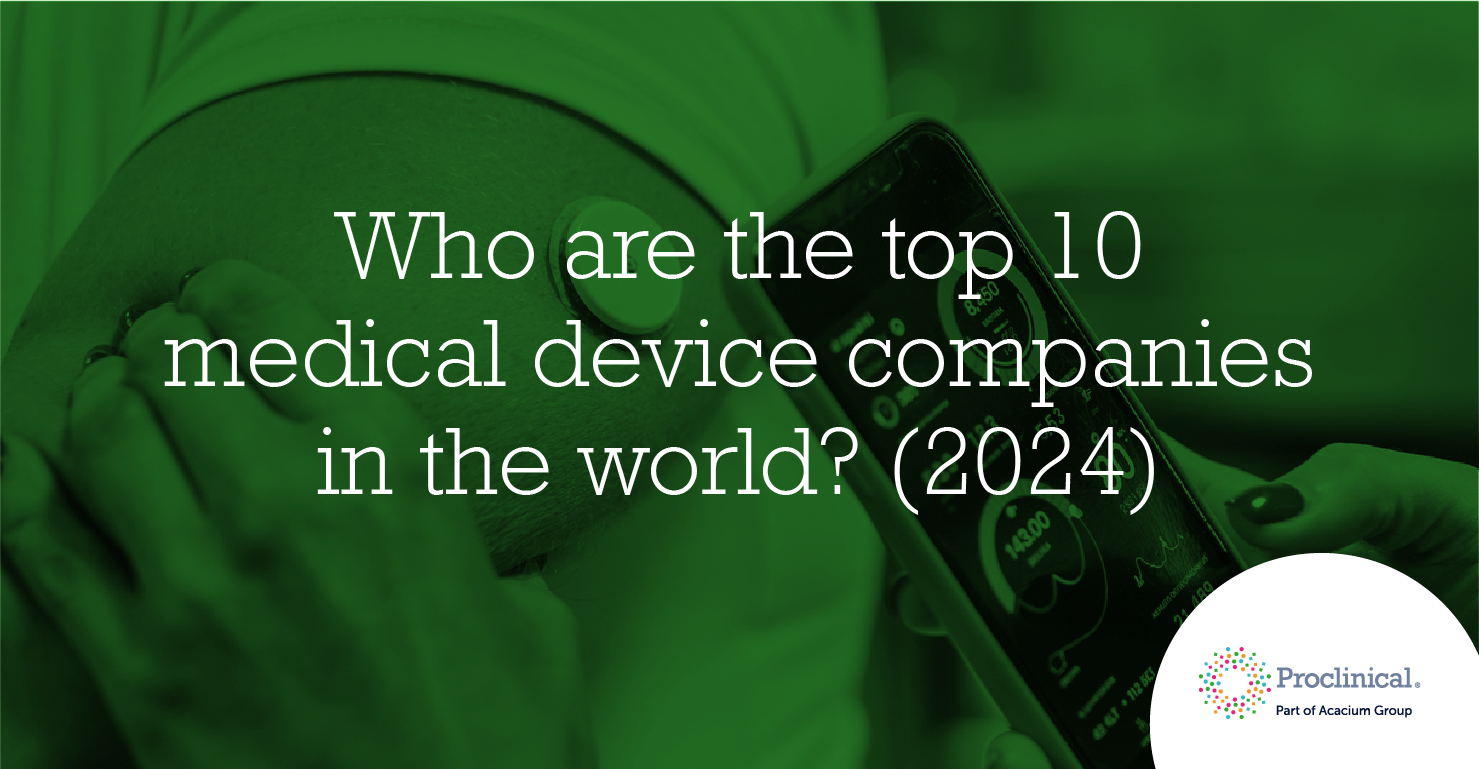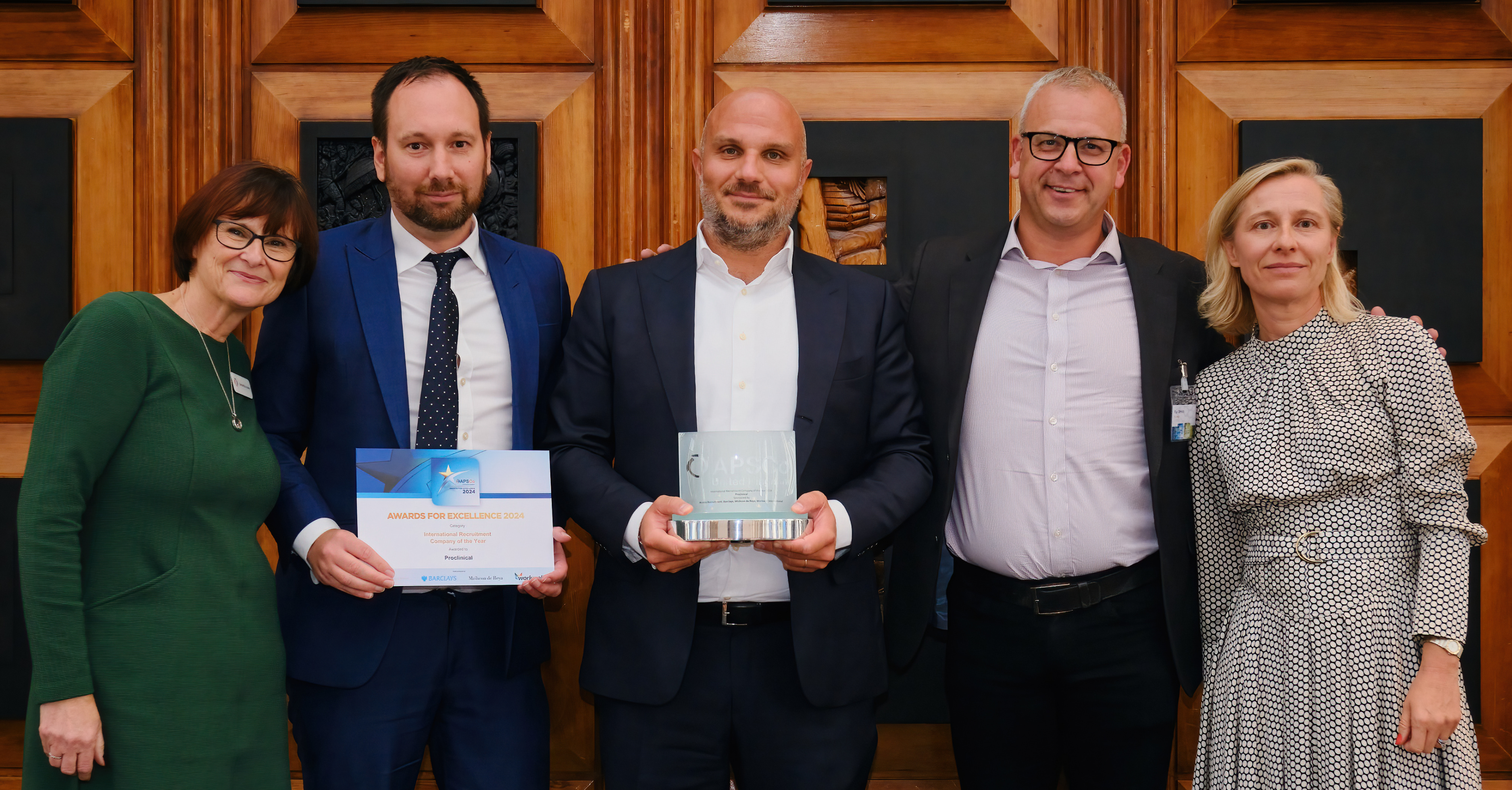Diabetes is a disease that affects around 415 million people worldwide and is estimated to kill someone every 6 seconds. Studies suggest that by 2040, approximately 642 million people will have the disease, so it’s currently a major point of focus for many pharmaceutical companies worldwide. Proclinical would like to raise awareness of diabetes with a few facts about the disease, including some of the different drugs currently available and exciting new medications forecast for the future.
- There are two types of diabetes. Type 1 is a chronic disease that causes a person’s immune system to attack insulin-producing cells, meaning they have no insulin to help their bodies to absorb and process glucose. Instead, it stores up in their blood and can cause serious health complications.
- Type 2 diabetes, however, is inextricably linked with poor nutrition and lifestyle. A patient’s cells do not respond properly to insulin, meaning that the body cannot use the insulin produced by the pancreas to manage glucose levels. It usually appears in adults over 40 years, particularly those who are overweight, and accounts for 90% of diabetes cases worldwide.
- Daily doses of insulin (usually dispensed by an injection) are vital to a patient’s day-to-day survival. Type 1 diabetes is not caused by weight and lifestyle and is usually diagnosed during childhood between 9-14 years. Diagnosis can still occur in adulthood, particularly in young adults.
- Symptoms of diabetes can often go unnoticed, especially with type 2 which has a slow onset. Signs and symptoms to look out for include excessive hunger and thirst, more frequent urination, weight loss, increased fatigue and slow healing wounds.
- Type 2 diabetes is treated with a combination of tablets, healthy eating and increased exercise. See some examples of current type 2 medications here. It is thought that type 2 diabetes can be completely reversed if diagnosed early and managed well.
- The best-selling diabetes drugs to date are Sanofi’s Lantus injection (insulin glargine [rDNA origin]) and Merk’s Januvia tablets (Sitagliptin) with sales of $6.98 billion and $3.86 billion in 2015, respectively. They were also major breakthroughs in the treatment of diabetes at the time of their release in the early 2000s.
- There are many types of injections and each has a different way of treating the disease. For example, best-seller Lantus works by mimicking NPH human insulin and regulating the glucose metabolism in the body, whereas NovoLog, a rapid-acting insulin injection, regulates the glucose metabolism by binding insulin receptors to muscle and fat and controlling the output of glucose from the liver.
- Novo Nordisk A/S is currently investing a huge amount of money into making it possible for patients with type 1 diabetes to take their drugs via pill instead of injection. They are in the advanced stages of testing an oral version of a GLP-1 (drugs that stimulate the pancreas) as well as oral insulin. This is largely in response to a high demand from patients for an alternative to injections to make it easier to dispense insulin every day.
- The world’s first artificial pancreas was approved by the FDA on September 28th 2016. This hopes to make diabetes more manageable for patients with type 1 diabetes by using a sensor and pump that adjusts insulin levels with minimal input needed.
- Complications of diabetes (for both types) can include heart attacks, strokes, limb amputation and blindness, so managing the disease well is crucial for all patients with this disease.



.png)

.png)


.png)
.png)




.png)
.png)












